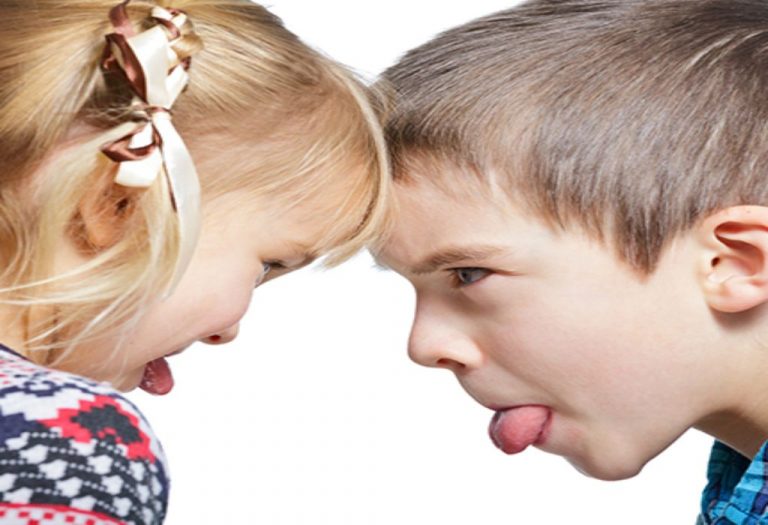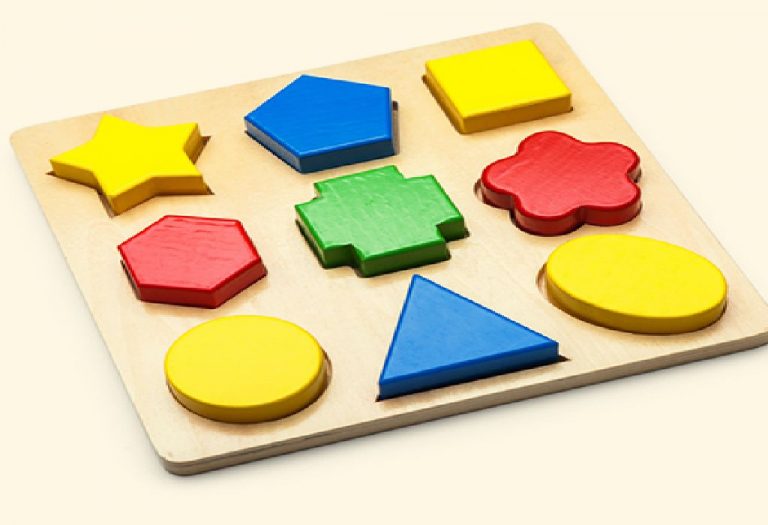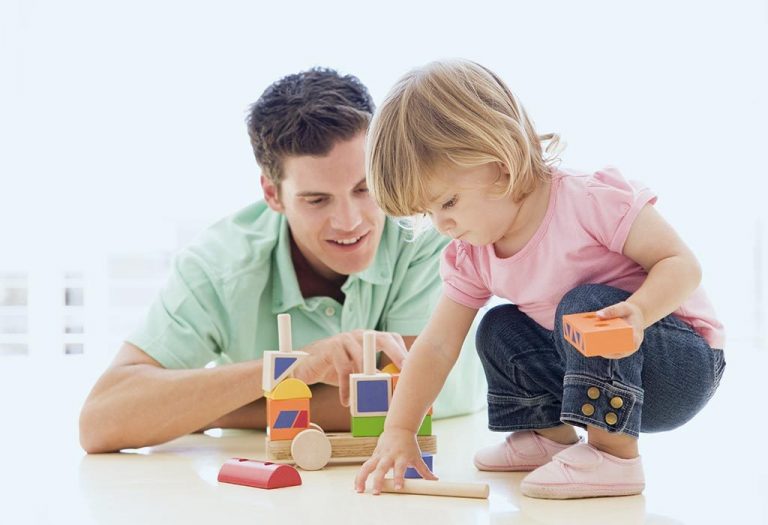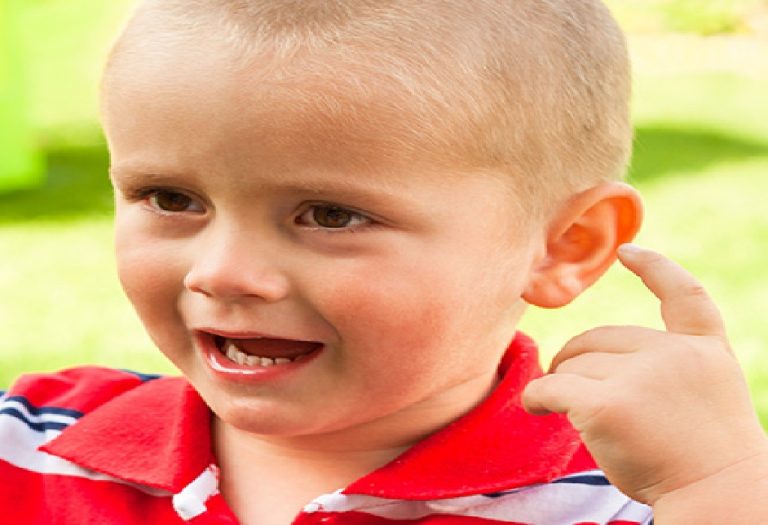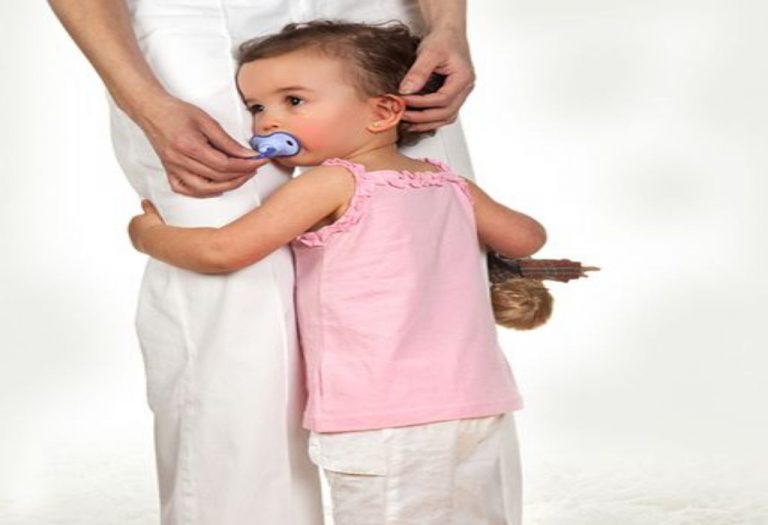Squatting in Baby and Toddler – Benefits and Warning Signs
- When Does a Child Start to Squat?
- Why Is Squatting Important in Toddlers?
- Easy Squats Your Toddler Can Do
- When Should Toddlers Avoid Squatting?
- FAQs
Toddler squatting for potty has a lot more significance than parents may think. It’s a developmental milestone and can make the body stronger. It also leads the way for toddlers to learn other things such as leaping. Squatting is a common position that kids take. Whenever they want to lower themselves to the ground from a standing position, they instinctively baby squat. It could be to examine a leaf, a feather or a stone; either way, it’s common to see a toddler or a baby squatting quite comfortably and then standing up again easily. All in all, squatting is extremely beneficial for toddlers and children in finding balance in life. In this article, we’ll talk about easy baby and toddler squat activities toddlers can engage in to improve their agility.
When Does a Child Start to Squat?
Babies take their first steps usually around 10 to 12 months, around their first birthday. At the beginning of their walking expedition, their legs are quite wobbly, so squatting won’t happen during this time. As the baby learns to walk more with better balance, they will probably start squatting around 13 to 18 months of age (1).
Why Is Squatting Important in Toddlers?
Squatting has numerous benefits, from improving postures to easing bowel movements. Let’s explore them in detail:
1. It’s an Important Milestone
Adults often take squatting for granted, and with good reason. We’ve been able to do it for years! For a 19-month-old toddler, squatting is an important milestone in his life. It’s as important as walking and climbing. As a parent, you need to teach your child how to bend his knees to sit on the ground without his buttocks touching it. You can help him practice by keeping some of his favourite toys on the ground and asking him to pick them up while squatting.
2. Ease of Reach
A toddler keeps squatting whenever he wants to come close to ground level to look at or observe anything lying on it. Kids may find squatting easier to reach out and pick up an object or to just look at something.
3. Body Structure
It’s easy for a toddler to squat since he has a flexible body. The muscles and bones of a child are not as rigid as that of an adult. Since they usually have no history of injuries, it’s easy for kids to bend their knees and sit in a squatting position without straining their joints.
4. Ease of Defecation
The squatting position is pegged as the best position for defecation, not only for toddlers but for adults, too. It’s believed to exert just the right amount of pressure on the right muscles to allow for easy defecation. It’s no surprise to see most toddlers getting ready to squat when they want to go potty!
Easy Squats Your Toddler Can Do
It is quite easy to include beginner squats in your toddler’s routine while playing and daily activities. Here are some explained in detail:
1. Squat With Return to Stand on the Couch
Start by encouraging your baby to stand with some support, like a couch or other non-edgy furniture. Place the thing that excited them the most, like a toy, on the lower surface, prompting them to squat and pick it up from the ground. The couch or the supporting furniture will ensure balance.
2. Squat With a Return to Stand at a Vertical Surface
Similar to the previous activity, this one requires your baby to squat with a little less support. Stick a toy or a squeezy high or low on the wall, so they squat down to pick the toy on the lower part of the wall and push on their toes to pick the toy from the upper part of the wall, all the while using the wall as support.
3. Prolonged Squat
Babies are familiar with the deeper squat. It is the position in which they usually play. Encourage more of this position by giving them puzzles and blocks to play with on the floor. Baby squat or prolonged squat improves hip mobility and strengthens legs.
4. Declined Squat
If your little one has trouble keeping his heels down on the surface during the squats, then you can use a ramp or wedge to create a downward slope. This will help distribute their weight evenly across the whole foot and help them squat without any hassle.
5. Biased Squat
This one is the advanced level. If your baby is comfortable with regular baby squatting or prefers one leg, then try this biased squat. Have them squat with one foot elevated on a small surface, like a book. This will shift more weight to the other foot, providing an extra strengthening challenge. Gradually raise the surface as they progress.
When Should Toddlers Avoid Squatting?
In rarer cases, squatting could be a warning sign of congenital heart disease. A child with the condition may take a break and squat for a few seconds before resuming play. Squatting is perceived to increase blood flow to the right side of the heart, improving its function and relieving symptoms. If you see your child squatting too often, you may want to rule out heart disease by having him checked.
FAQs
1. How spread-squat benefits babies?
According to the International Hip Dysplasia Institute, the spread-squat position is beneficial for hip development in babies when they are worn for many hours because of attachment parenting (2).
Toddler squatting may keep changing according to the need and the occasion. You may see your child squatting in a certain position because he wants to examine a blade of grass. He could also squat because he wants to play with a toy. At other times, he may prefer bending down. Whatever the reason, squatting is a milestone most children achieve and is an important one. However, if you have any doubt creeping in your mind about your toddler’s squat, don’t hesitate to get him examined.
References/Resources:
1. When Will Baby Start Squatting?; Pathways.org; https://pathways.org/when-will-baby-start-squatting/
2. Benefits of the spread-squat position for baby carrying; International Hip Dysplasia Institute; https://hipdysplasia.org/benefits-of-the-spread-squat-position-for-baby-carrying/
Also Read:
Bowed Legs in Babies
Teaching Toddlers To Sit in a Chair
Hypertonia or Stiff Limbs in Toddlers
W-Sitting Position in Babies and Toddlers
Was This Article Helpful?
Parenting is a huge responsibility, for you as a caregiver, but also for us as a parenting content platform. We understand that and take our responsibility of creating credible content seriously. FirstCry Parenting articles are written and published only after extensive research using factually sound references to deliver quality content that is accurate, validated by experts, and completely reliable. To understand how we go about creating content that is credible, read our editorial policy here.







